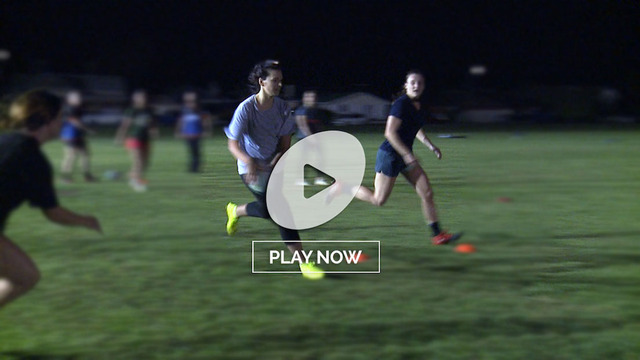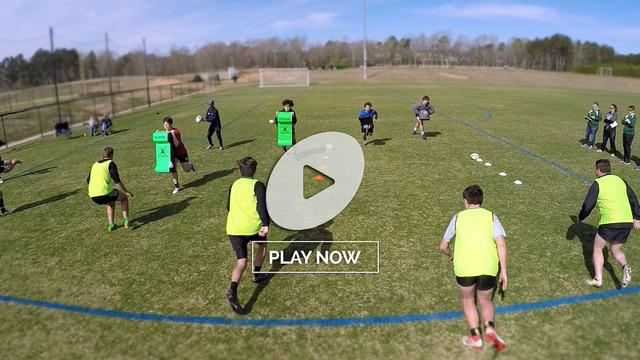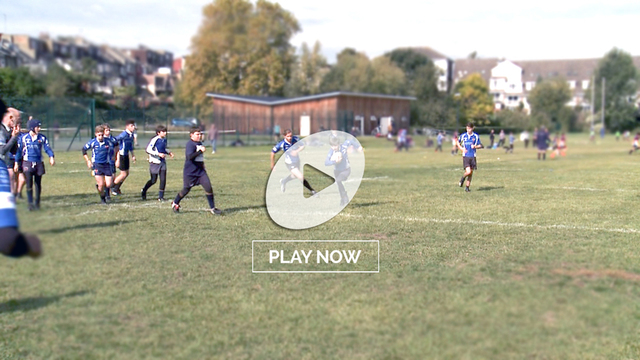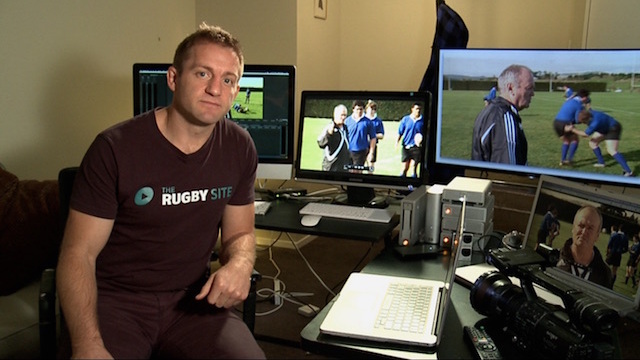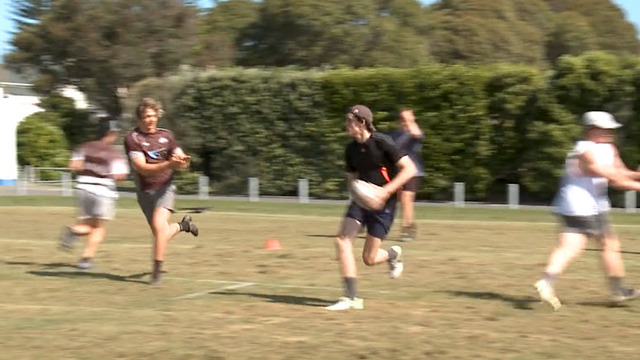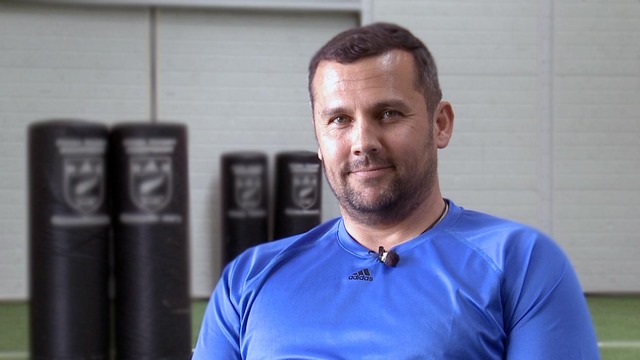It was new England defence coach Phil Larder’s first priority when he joined Clive Woodward’s coaching staff back in 1997 – how to stop George Gregan running away from the ruck and flipping the reverse pass to a runner coming straight up the middle.
Here is a précis of how Phil described the debate at the Huddersfield YMCA to me:
“The scrum-half [Gregan] ran laterally across field offering the ball out on a plate in front of him. He was being tracked all the way by Lawrence Dallaglio, the first England defender at the side of the ruck, but when Gregan suddenly delivered a reverse pass to Ben Tune, there was nobody there to mark the Wallaby wingman. He was completely ‘loose’ and scored easily!
“’How do you stop that?’ I asked.
“‘Dallaglio’s man’, replied Kevin McCallion with some authority.
“’I am not so sure. I would not want to leave a player like Gregan run across the pitch without putting him under pressure, would you?’ I said.
“’That’s true. Perhaps Catt [defending outside Dallaglio] should have stepped in?’
“’But surely that is what Australia were looking for?’ interjected my son Matt. ‘If Catt had stepped in, Aussie would have had the numbers outside.’” https://www.amazon.co.uk/Iron-Curtain-Rugby-Journey-League-ebook/dp/B014OOYQSE/ref=sr_1_2?crid=3M0ZYQAL9WQ43&keywords=phil+larder&qid=1652074565&sprefix=phil+larder%2Caps%2C85&sr=8-2
And so, the debate about how best to protect the inside shoulder of Lawrence Dallaglio, or the first defender went on and on, without ever reaching a satisfactory resolution on that murky afternoon in the north of England. Eventually, Phil Larder would settle on the use of his scrum-half as a ‘sweeper’, moving across field in behind the first line of defence and able to pick up that runner.
George Gregan was an expert at pulling the inside defence out of shape by making a lateral run across its face, and inviting attackers on to the ball at speed right up the middle. Here are two examples from the ‘Game of the Century’ between Australia and New Zealand back in 2000:
The open-side defenders have to respect the width of Gregan’s run, while it is difficult indeed for a defender coming around from the opposite side of the breakdown (prop Carl Hoeft, in the first instance) to stop the runner from making significant progress.
Gregan’s patented move has been dusted off recently in Super Rugby Pacific, with teams from both sides of the ditch using it to crack open the space between the two defenders on either side of the ruck.
Increasingly the trend at the top end of the game is for defences to operate without the extra insurance of the scrum-half in the ‘boot-space’, monitoring events as they develop from a position directly behind the breakdown. More often than not, the half-back is now a line defender instead.
This can open opportunities for the attack:
This is Brumbies’ number 9 Nic White in action versus the Highlanders, and the sequence describes the basic premise of the move very well. At the ruck there are two guards to either side, while the defensive halfback (Highlanders’ Folau Fakatava) is rushing the first receiver from further out in the line:
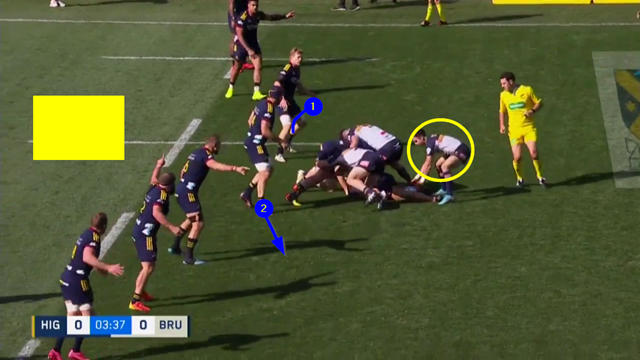
If White can pull the defender at “2” far enough outside, it will open the space for the reverse pass to a runner up the middle, and the “1” defender will not be able to fill in the hole.
Fakatava bookmarked that lesson and applied it in the next round for the Highlanders against the Reds:
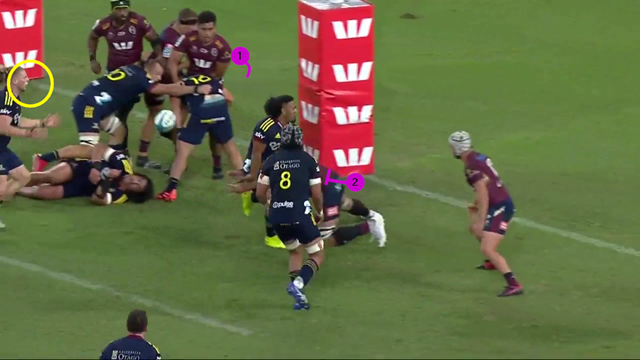
Fakatava’s angle of run drags the “2” defender away from the hole and commits him to the tackle, and in this instance “1” has been neatly walled off by the Highlanders’ cleanout from reaching the inside runner (wing Scott Gregory). In fact, Fakatava had used a variation of the same play in the build-up to the try:
In this case, the Clan halfback uses the reverse pass as a fake to release the runner outside him.
Another sequence from the match between the Chiefs and the Brumbies illustrated how the reverse pass off 9 can be used as a lever to create space versus the interior defence over more than one phase:
In this scenario, the reverse pass is used as a preparatory play to drive off the back-side Guard and leave only two defenders trying to protect the open-side space on the next play. The situation becomes clear in the shot from behind the posts:

Once “1” has been driven off, it leaves too big a spacing between “2” and “3” for the defence to be able to cope comfortably.
Summary
With the scrum-half now playing as an extra in-line defender rather than as a sweeper in behind the ruck, it is good time for the revival of the old George Gregan move: that lateral shift across the face of the inside D, pulling the space and waiting for a hard runner to cut the line at speed on a reverse pass. With his own #9 no longer in play, that problem would give even Phil Larder headaches.
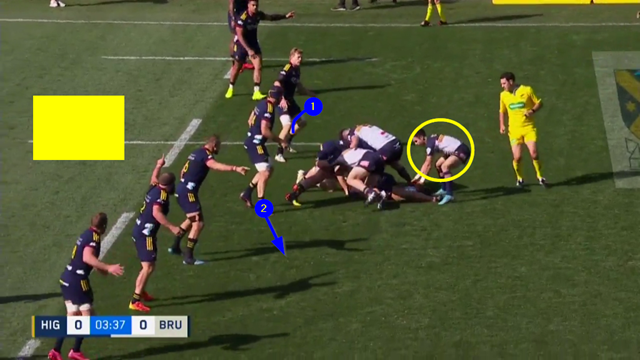


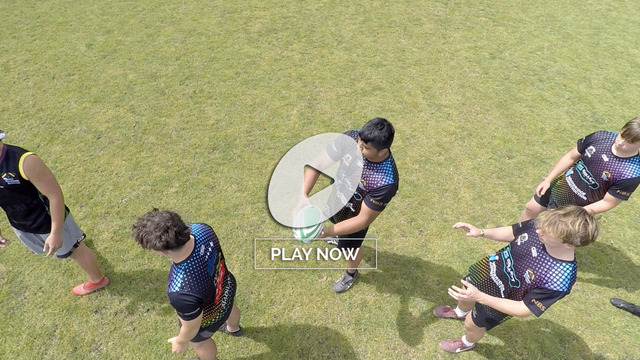
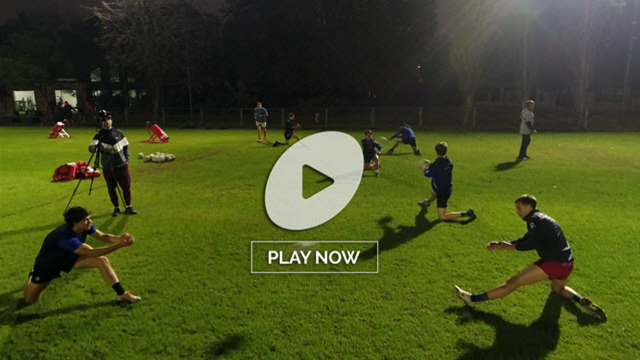
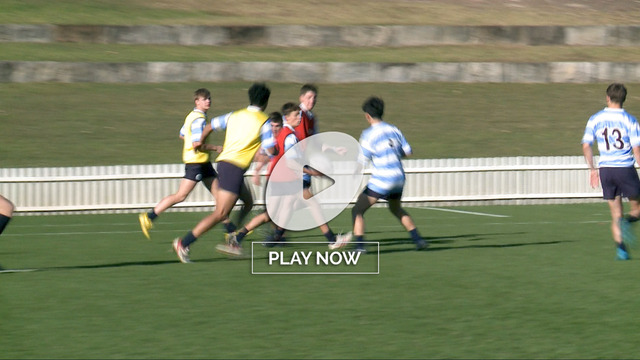

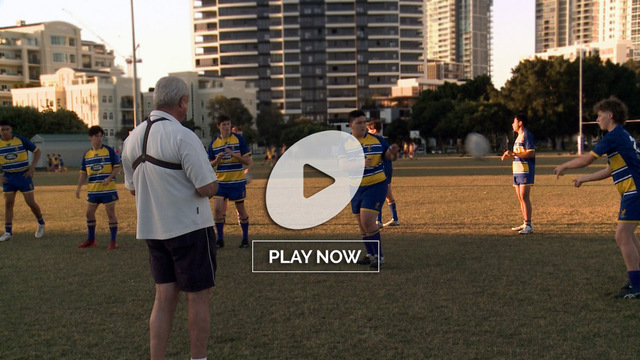
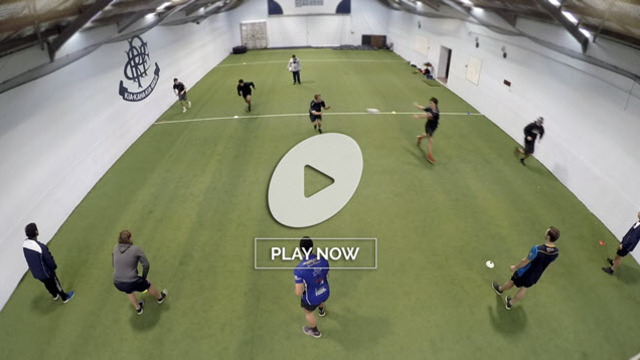

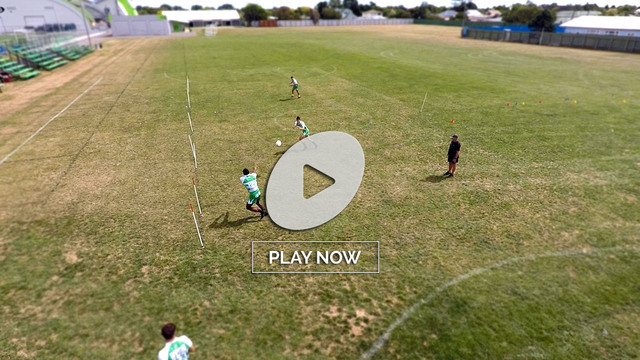

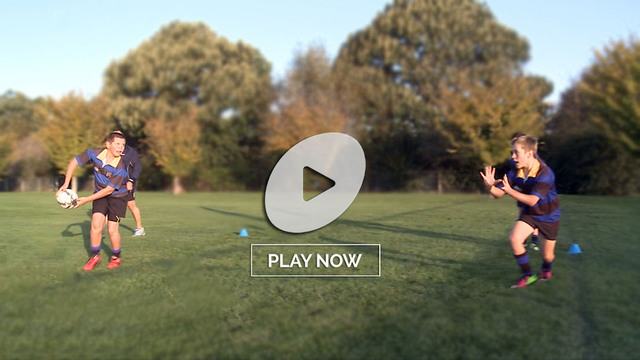
.jpg)
